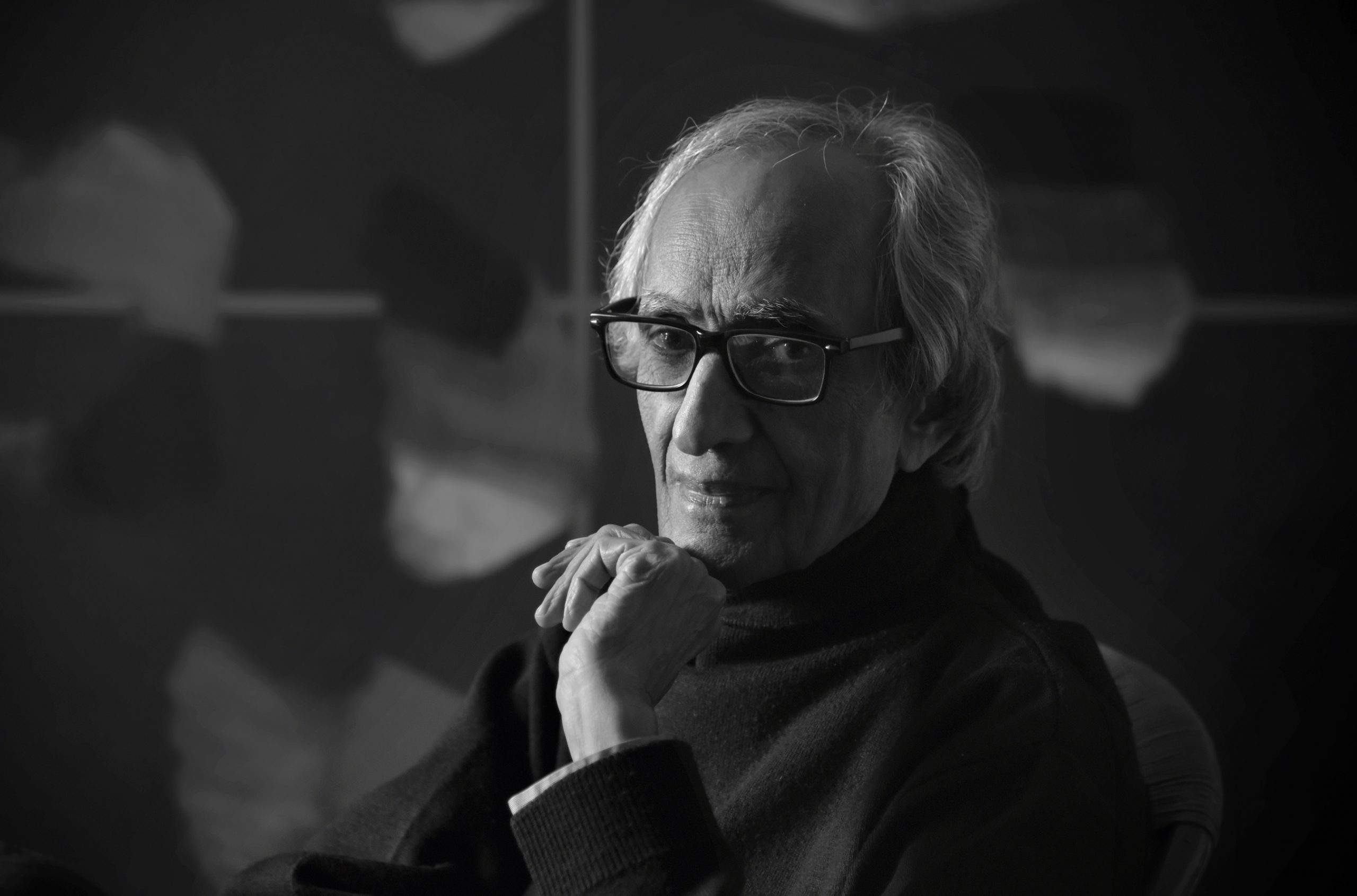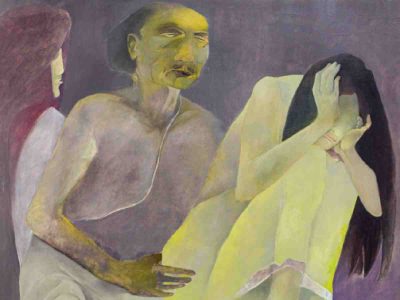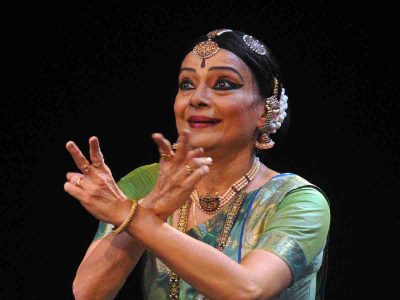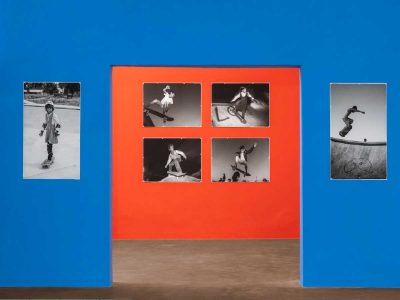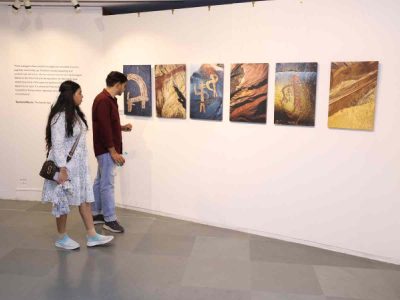There are artists who are largely a product of public relations and media promotions – seen with who’s who of glittery world of art and tinsel town every now and then, and there are those who are intrinsically shy, hence, media shy too. So shy that they can’t even handle compliments as they think they are overestimated, and so media shy that they fumble for words talking about their proven creative genius. Gopi Gajwani, an 86-year-old master of abstract painting, is one of the latter kind.
The Delhi-based veteran was a back-bencher at school, shy of being weak at studies and of boasting his innovative hand. He was so reserved that even as a senior artist when he spent two days with Satyajit Ray, while the cinema virtuoso was shooting for his last film, Gopi, the seasoned photographer, shot bundles of Ray’s pictures at work but couldn’t ask anyone to click his own pictures with the stalwart who was stepping on the last leg of his life!
“I just couldn’t,” says the abstractionist with a child-like smile. “Ray’s film was being made in collaboration with a French producer. An ambulance fitted with oxygen and all necessary equipment used to wait outside his studio for any eventuality. I had taken special permission to meet him. As I entered the studio, I shook hands with him. He was tall and he had big palm; mine got lost in his. I said, ‘I am Gopi Gajwani’ and he replied, ‘I am familiar with your work’. My day was made.”
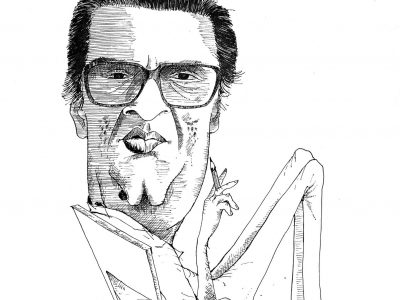
It speaks of Gopi’s stature that Ray knew his genius too. And this isn’t just about him. India’s foremost painter, filmmaker MF Husain and Gopi were working on a project together.
“Husain was very excited about it. We had worked on it for over two years, day and night, but with his leaving India and taking Qatari citizenship, it got stalled. We both didn’t know that he would never come back. His son Shamshad Husain (who died a few years ago) was a dear friend,” Gopi sounds emotional.
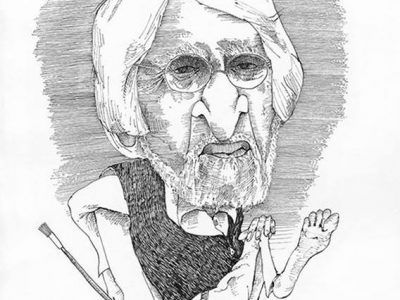
This demi God of abstract world has been a silent worker. His life has been a roller-coaster ride of struggles, loss, triumph and peace. He was less than 10 when his family had to migrate from Sindh (now in Pakistan) to Delhi’s Chandni Chowk “empty handed, leaving a haveli and luxurious life behind”.
“My father knew some people in Delhi because it was undivided India just a day before August 15. I remember on Independence Day, there were tiny flags being hoisted at every house, shop and street. People of all communities were celebrating.”
However, in a big family of several siblings, Gopi’s struggle as a person who was not interested in studies was an added woe. Gopi was so brilliant in drawing that teachers at his school in Kashmiri Gate couldn’t ignore his skill. Sitting in his class he would just draw “on the slate, copy or takhti”.
So, by 1954, he was admitted to an art school in Delhi.
“There was hope in the family that at least I would become an art teacher in a school after my training.”
Training beyond school
A famous magazine called Dharamyug used to print paintings that he “used to copy and learn but I used to recreate the same painting in my own ways”.
His other source of inspiration was round rotis (flatbread) his mother used to make.

“I was a sharp observer. I used to look at how she would make a small dough and turn it into a round chapati in little time.”
This had a deep impression on him that in a way helped him do free-hand at art-making.
Then, training with his masters such as Saloz Mukherjea, Biren De, Viren Sanyal, Avinash Chandra, Dhanraj Bhagat and many more honed his skills.
Added to his drawing dexterity, was sense of humour. The natural flow for the combination was cartoons and caricatures that Gopi would make while in school and at college.
The inherent sense of humour got more wings as he started visiting a library near his home at Chandni Chowk where he laid his hands on a British cartoon magazine called Punch and the immensely popular Shankar’s Weekly from India. Gopi would copy the cartoons often and draw them with his own interpretation and hilarity. A day came when he decided to get his cartoon published at Shankar’s Weekly.
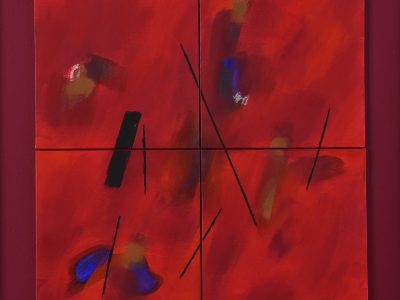
He drew his first cartoon in three columns. He explains the cartoon, “A boy is riding a bicycle with two girls sitting in front and back of the vehicle. Two boys, on two cycles, happen to see them. One asks another, ‘Can we not help these girls in some ways that they don’t have to double-ride?’ He means two boys can ask the girls to pillion ride with them, each. The other boy, sensing his friend’s ill- intentions capsizes it, advising, ‘Yes why not? Let’s help the girls. Let’s give our bicycles to them’, leaving his friend red-faced.
“With this cartoon, I reached the legendary Shankar and requested him if he could publish it, not sure if it was worth his esteemed weekly. Shankar didn’t reply. Poker-faced, he just asked me to keep it on the table and leave.”
Three weeks later, Gopi saw his cartoon at Shankar’s Weekly.
“I was thrilled. I had arrived in life,” Gopi recalls the ecstasy after he received Rs 7 as remuneration.
He was 20 then. Another of his cartoons soon got published in the Illustrated Weekly of India.
Gopi recalls chuckling, “I had never seen a cheque. When I received Rs 5 from Illustrated Weekly of India with my name on it, I was overjoyed since we had never seen a cheque and money coming like this.”
Writhing in extreme poverty, these amounts became a good financial support. Gopi’s cartoons kept appearing until Shankar’s Weekly pulled its shutter down.
Abstract isn’t easy to explain
Why did Gopi choose to paint in abstract while most of his contemporaries, close to him, decided to do figures (Arpita and Satish Gujral), flora and fauna (Paramjit Singh) and so on. Those were also influenced and/or attached with Progressive Arts Group (PAG) such as SH Raza, AH Ara, Tyeb Mehta, Sohan Qadri, Partly Husain, Prabhakar Kolte among others, chose to understand European masters, their cubism, expressionism, geometrical patterns – the brush free of all ‘rules’ of painting. Gopi never ‘chose’ either. He could never paint in figure naturally. Neither could he explain to anyone why abstract became his language in oil.
“People ask me aap kya bana rahe hain (what are you making). It is very difficult to tell them what I have made and why do I express my heart’s content in abstract. When people see figures or flora and fauna in a painting, they think they have understood an art-work. But actually, they have not understood that either. They have just ‘identified’ with it,” Gopi philosophises.
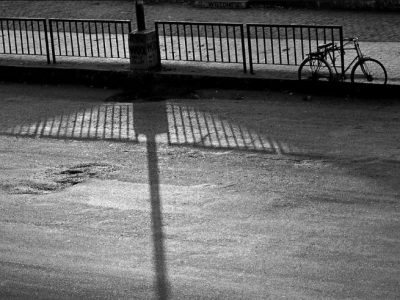
However, he does say that he had moments of euphoria when those who don’t understand art as such, think that his works spell a cast.
He recalls, “My debut solo show in 1966 at Triveni Kala Sangam (New Delhi) was a massive hit and I don’t know why? But I remember two women who came to see my show. One of them said, ‘Ye kya banaya hai? Ye to koi bachcha bhi bana lega (what is this? Even a child can make such an art)’. But the other stood in front of a work for quite a long time, then said, ‘Ismain kuch to baat hai (There is something in the work)’. That day, I felt I was successful as an abstract painter.”
This ardent admirer of cartoonist Abu Abraham has also made nine short films on concepts like meaning and value of time (1970s), the child acrobats on road, life of Satyajit Ray and more.
Now, wary of “middle-men running art galleries and art auctions and mediocrity running high through paid promotions”, Gopi has chosen to paint in his one room studio at Priyadarshini Vihar in east Delhi, where he also lives with his three children aged between 45 and 55. He lost his wife to Covid three years ago.
“I am so hungry still. When I look back, I feel I have done nothing. One life is less to find a foothold in the creative world. As I am not that agile anymore, I just focus on painting. I paint at least four hours every day,” the veteran spreads a child-like laughter while preparing for his next show.

